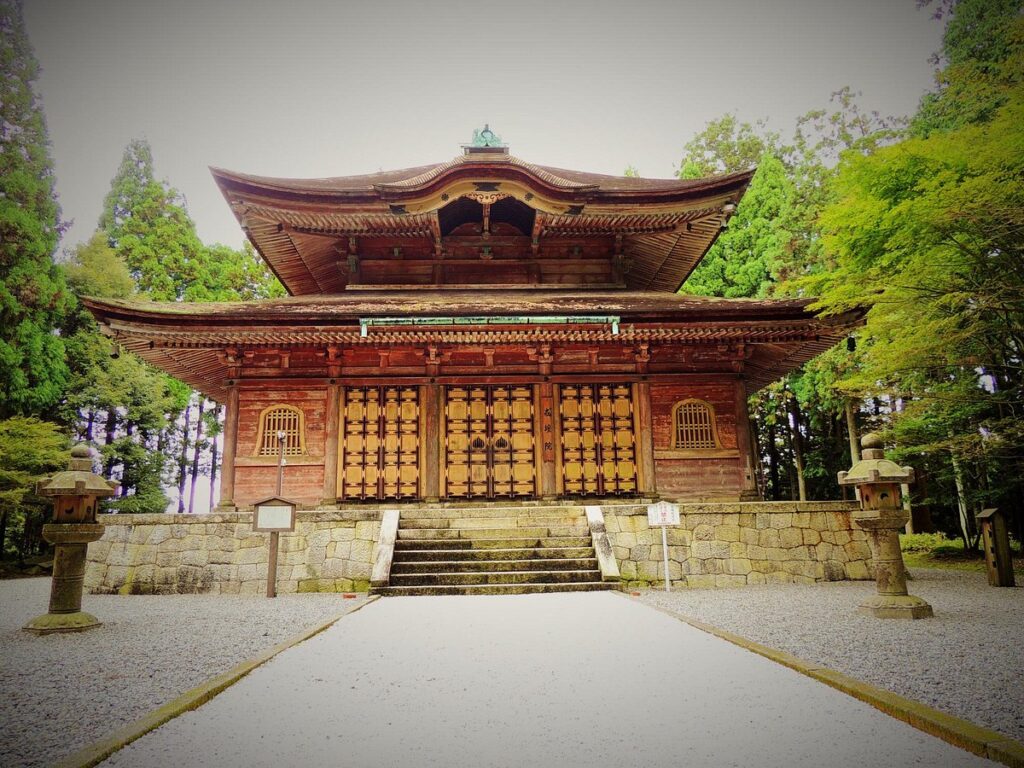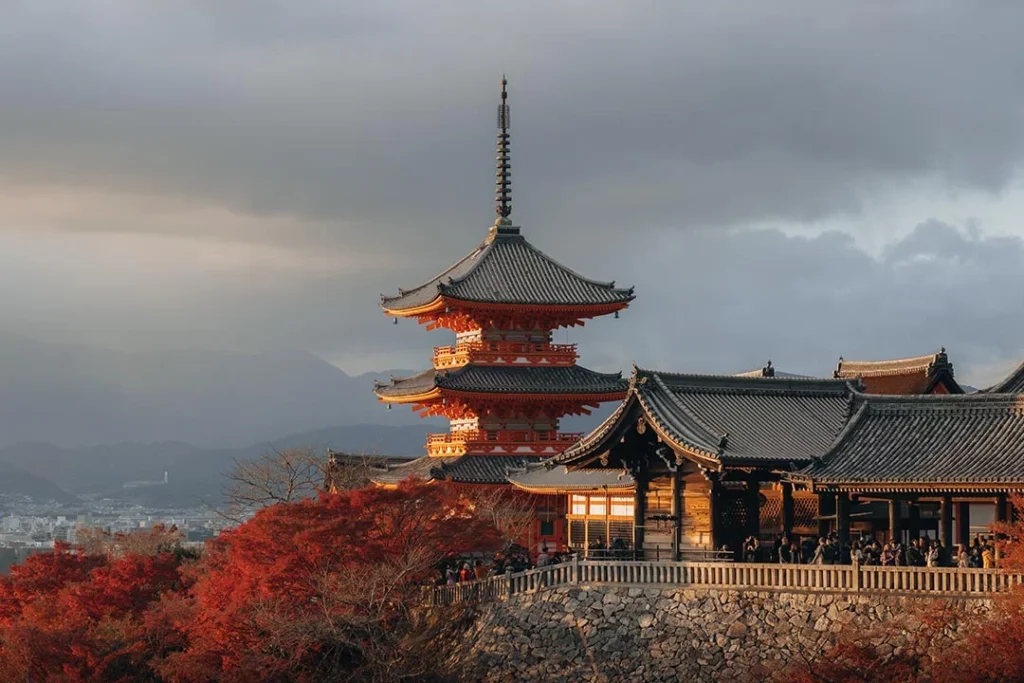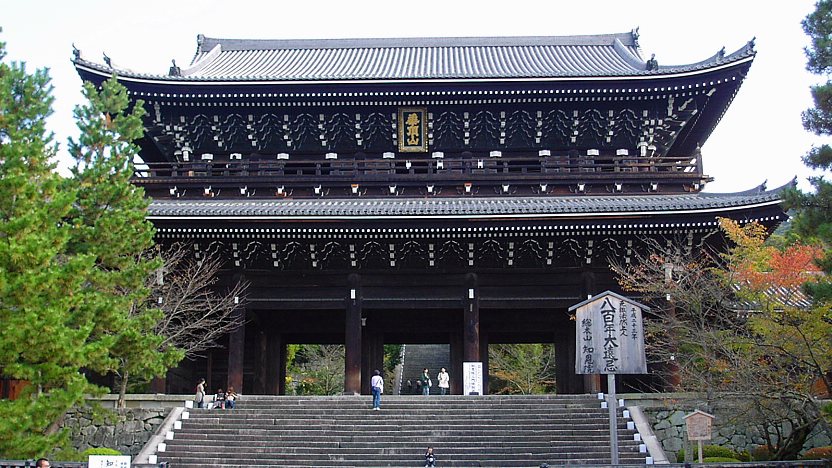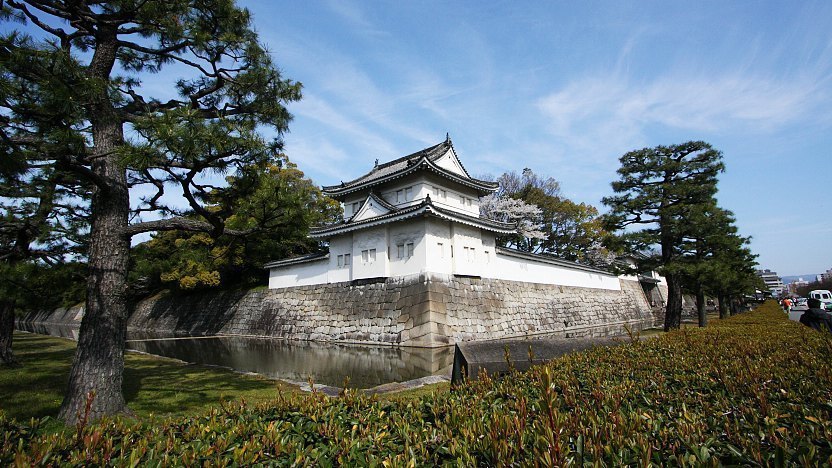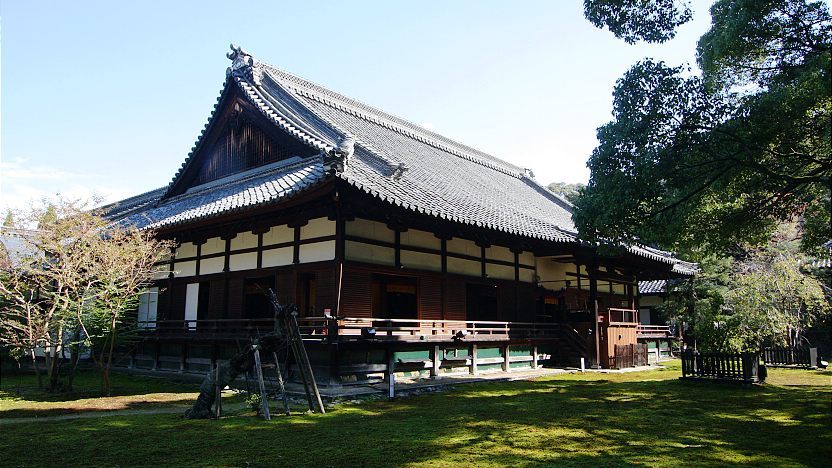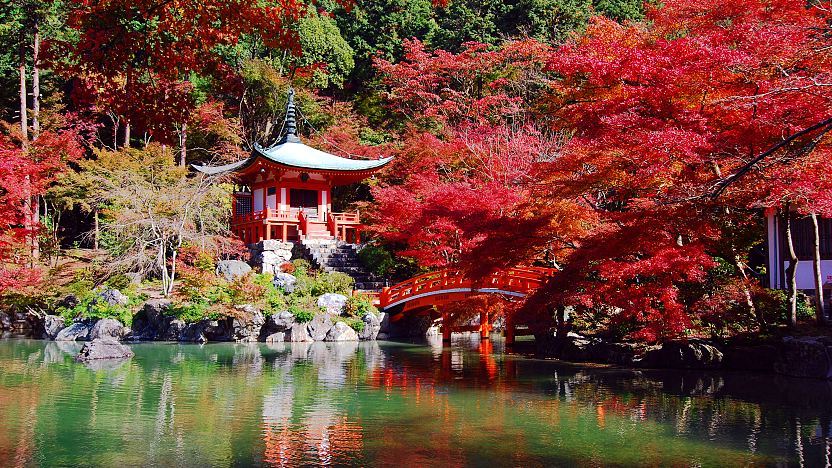The covered Nishiki Market (Nishiki-kōji Ichiba) is one of Kyoto’s culinary gems, often called Kyoto no daidokoro—Kyoto’s kitchen—by locals. This bustling market is where the city’s top chefs and discerning food lovers source the freshest ingredients for authentic Kyoto cuisine.
As you stroll its narrow, covered lanes, you’ll encounter stalls brimming with everything from barrels of tsukemono (pickled vegetables) and delicate Japanese sweets to pungent wasabi salt and fresh sashimi skewers. The market can get quite crowded, especially at peak times, so visiting early or later in the afternoon offers a more leisurely experience. While free samples tempt many, remember that eating while walking is frowned upon, and always ask permission before photographing any stall.
History
Located in central Kyoto, just north of Shijō-dōri, Nishiki Market has been a hub for commerce since the 14th century. Originally a wholesale fish market during the Edo period (1603–1868), it transitioned into a retail food market as Japan modernized. Today, it focuses on local products like tsukemono, tea, rice, seaweed, and fresh fish, while also evolving into a popular destination for visitors, with souvenir shops now nestled among the food stalls.
What to Eat
Nishiki offers a treasure trove of delights: try soymilk donuts, hand-baked bean crackers, eel rolls, and takotamago—tiny octopus heads stuffed with quail eggs on sticks. If you’re unsure about buying, free samples are often available to help you decide.
Beyond food, don’t miss Aritsugu, a renowned craftsman producing some of the finest chef knives in the world. Watch the meticulous sharpening process as artisans hone each blade to perfection using a giant round stone—a true spectacle for any culinary enthusiast.


